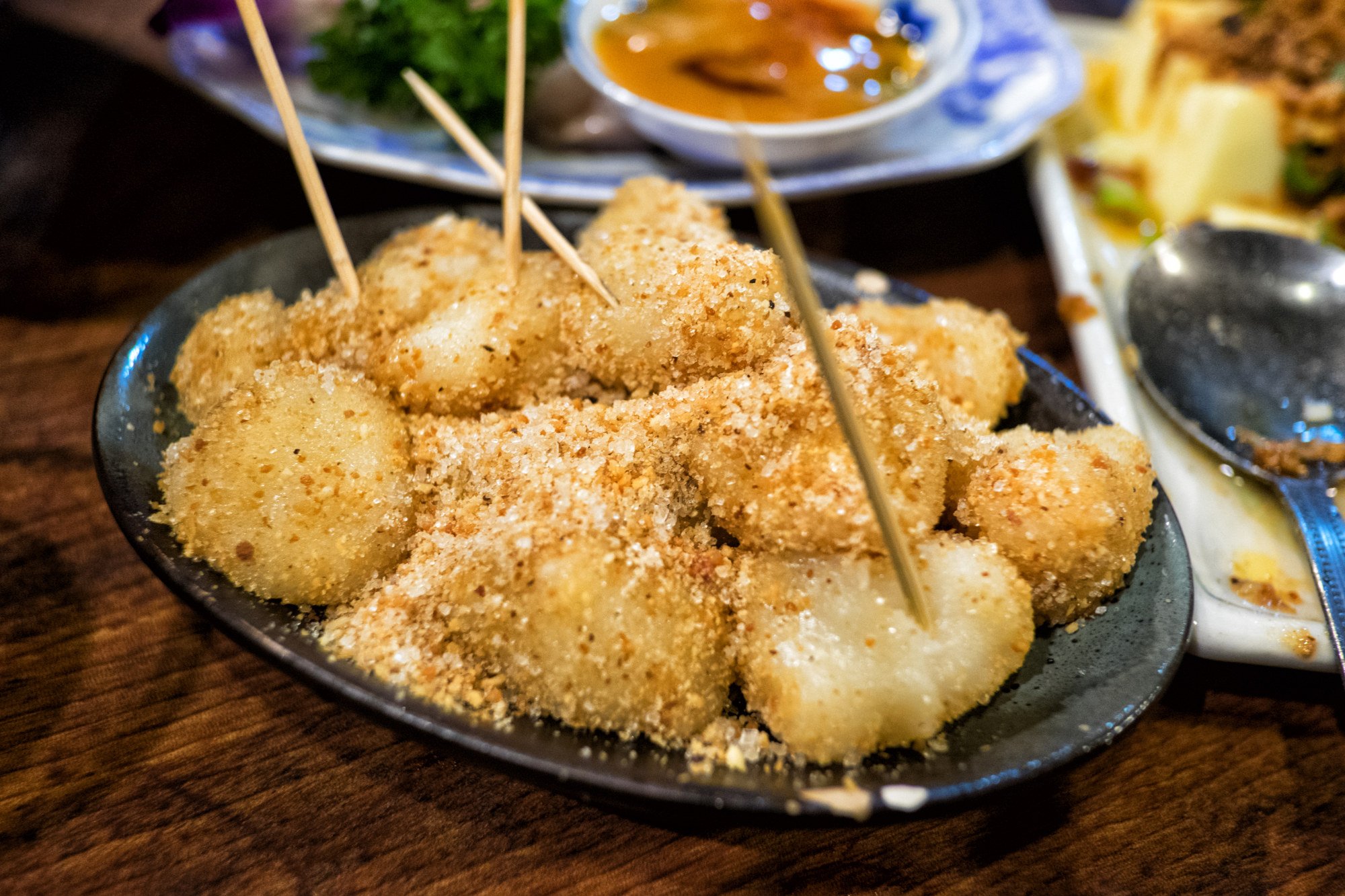
Japanese mochi’s Chinese origins, and how similar names of rice cake snacks in Hong Kong and Taiwan suggest a shared history
- Mochi is eaten by the Japanese on Hinamatsuri, or Dolls’ Day, and although it is synonymous with the country’s cuisine it was introduced from China around 300BC
- The character for mochi means ‘cake’ in Chinese, but similar rice-based snacks, from Taiwanese moâ chî to Hong Kong’s loh máih chìh, hint at a common history
March 3 is Hinamatsuri – Dolls’ Day or Girls’ Day – in Japan. One typical food for this festival is hishi mochi 菱餅, multicoloured rice cakes. While other elements and foods of the festival may be less familiar to outsiders, mochi is known the world over.
Mochi is a rice cake made of mochigome, a short-grain Japonica glutinous rice that is pounded into a paste and moulded into shapes, often with fillings or flavours, for traditional Japanese sweets, or grilled or cooked in soups.
While it may be that this was introduced to Japan from China around 300BC, alongside rice cultivation, mochi is today inescapably associated with Japan.
Home-made production of mochi increased in the 6th century; it comprised imperial offerings at religious events in the Heian period (AD794-1185) and was served to nobility during the Muromachi period (1336-1573), an indispensable part of the tea ceremony.

Samurai took mochi to the battlefield as it was nutritious and convenient – the sound of samurai pounding mochi was a sign of imminent battles.
Mochi もち evolved from mochi-ii, a compound of mochi “glutinous rice” plus + -ii “cooked grains”. Some suggest it derived from the Japanese motsu “to hold or own” – as compared to most other foods, such as porridge, for a household’s collective consumption.

Mochi’s kanji character, 餅, was first attested in the Wamyō Ruijushō, an AD938 Japanese dictionary of Chinese characters. In Chinese, however, the character has a different meaning, “cake”, and pronunciations, e.g. bǐng in Mandarin.
English acquired mochi from Japanese in the early 17th century, first noted in an East India Company servant and merchant’s diary entry.
Asians are constantly delighted to find similar foods across East and Southeast Asia – and it is interesting to note the similarity in some of the names.

There are the coconut-dusted, peanut-filled loh máih chìh ubiquitous in Hong Kong. The Fujianese communities in Southeast Asia enjoy the roadside snack muah chee – glutinous rice dough roughly chopped into bite-sized pellets and coated with finely chopped peanuts and sugar – believed to have been brought over from southern China.
Another beloved counterpart is the classic Taiwanese snack of pounded glutinous rice rolled in toppings such as toasted peanuts or black sesame.
It is instructive that Taiwanese Hokkien moâ chî actually comes from the Japanese mochi, with two non-standard characters invented to represent the word’s pronunciation (since the kanji would be misleading in Chinese): 麻薯 with a rice radical 米 added to the left of each character.

